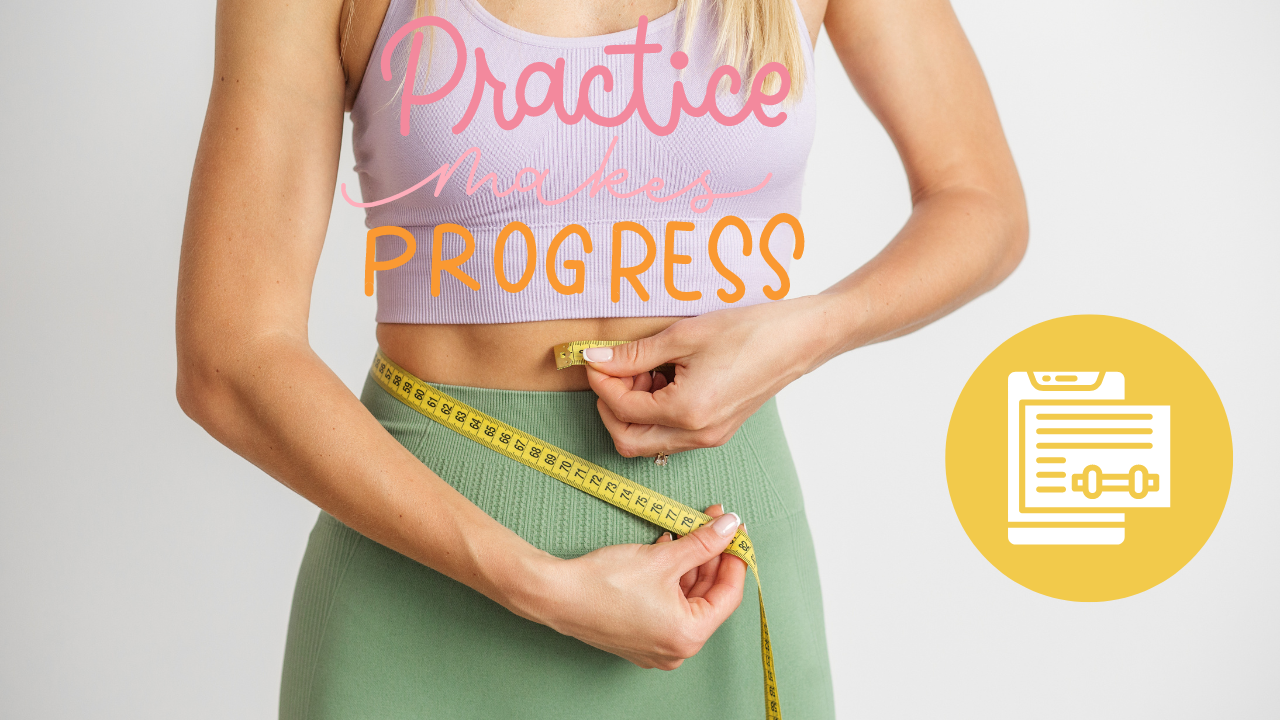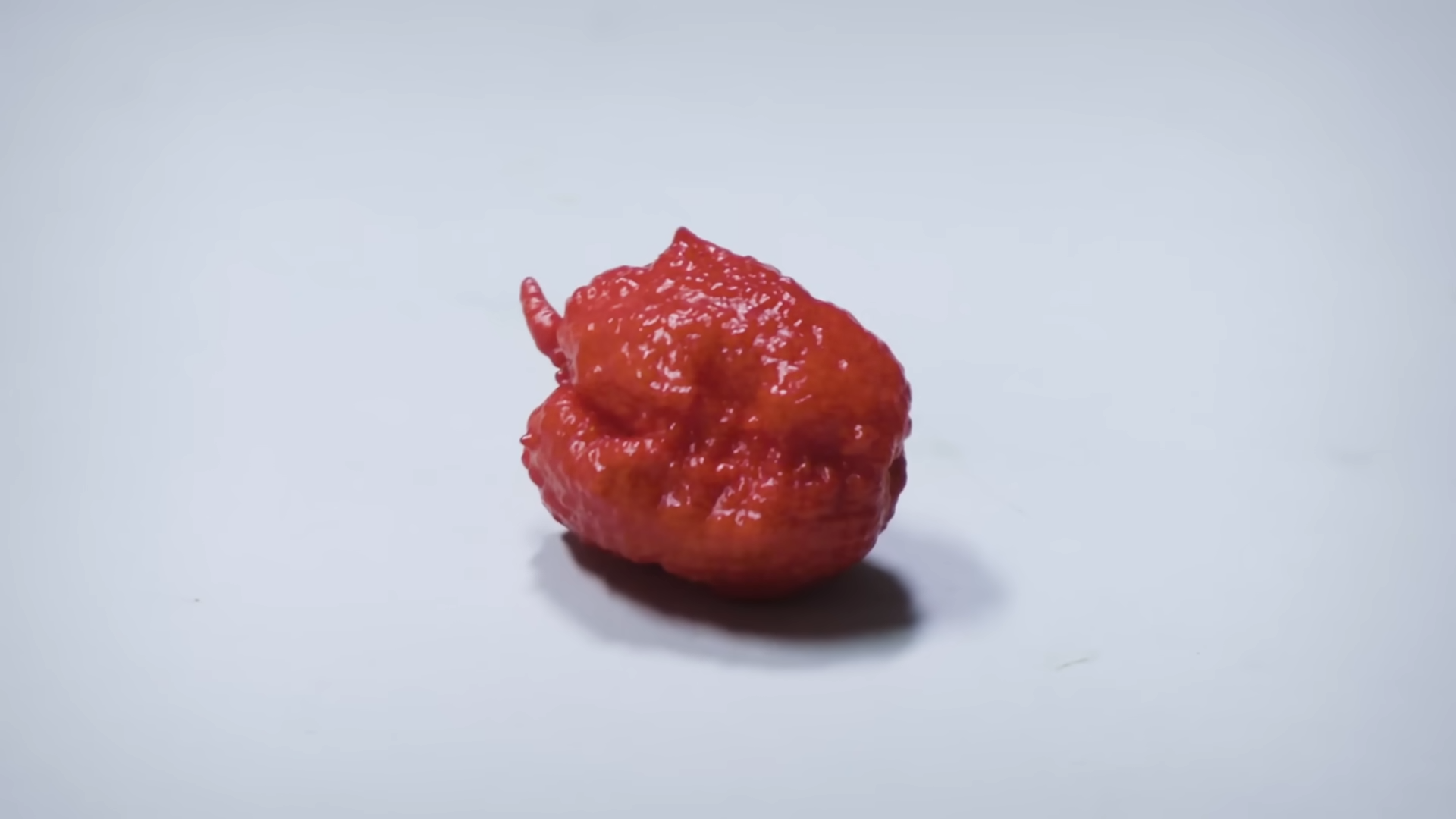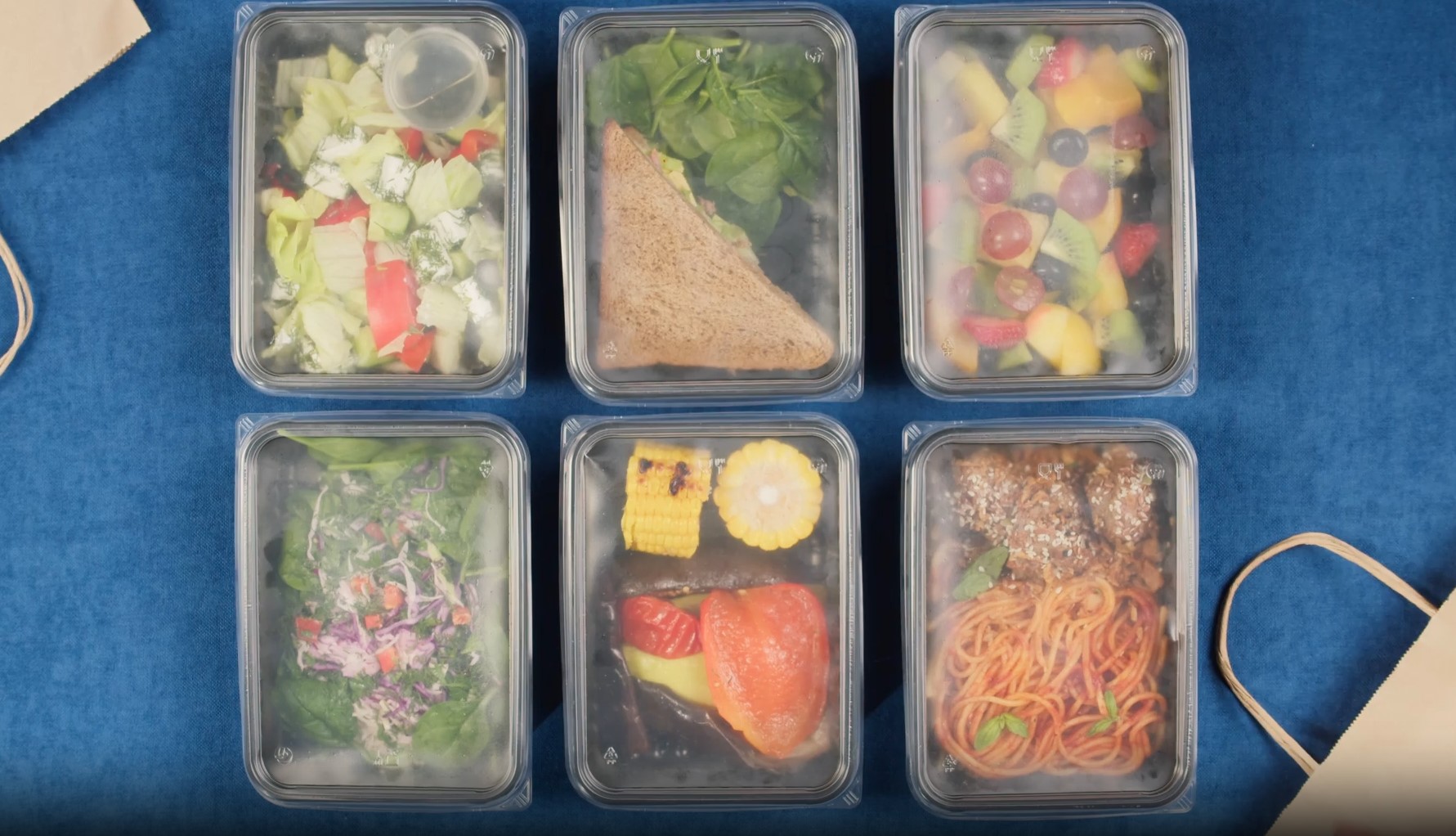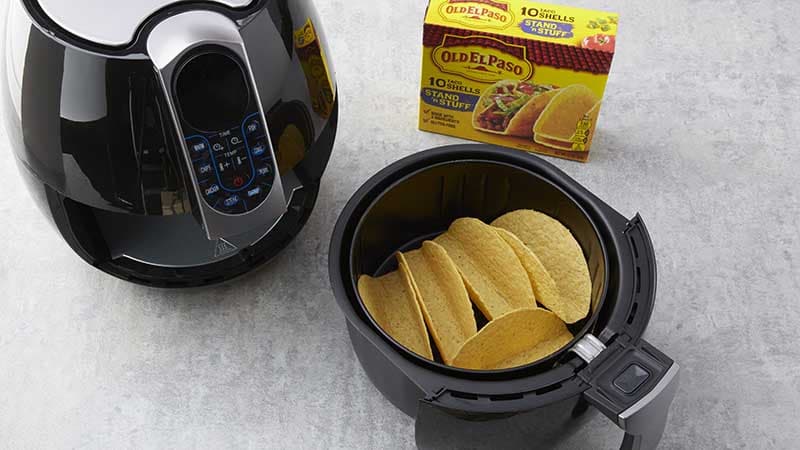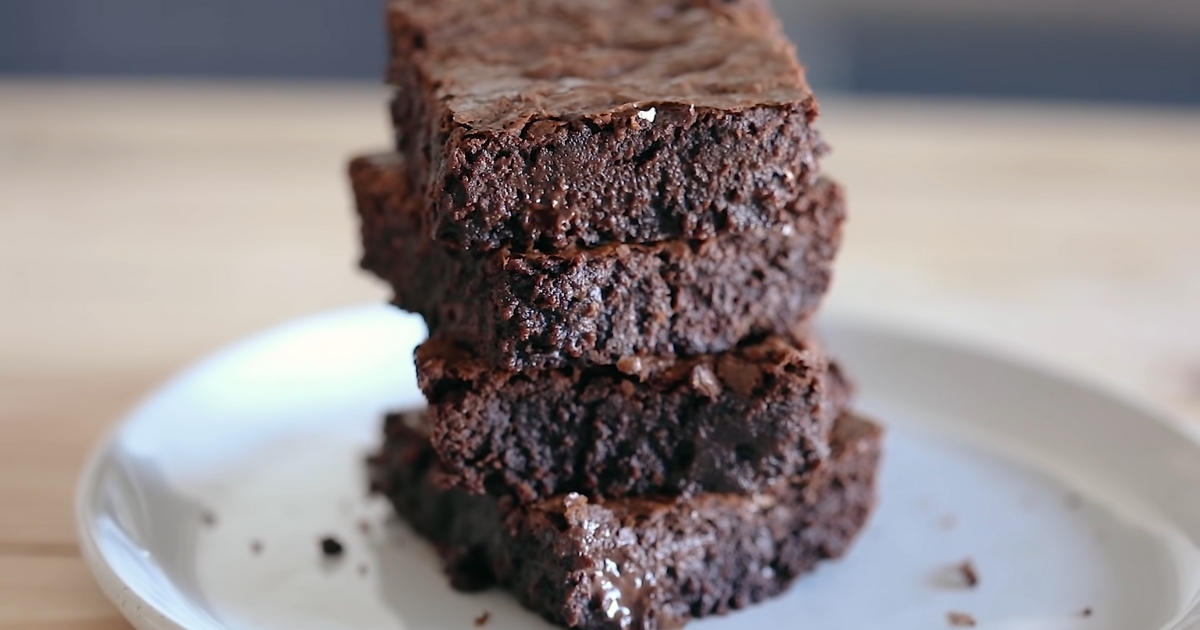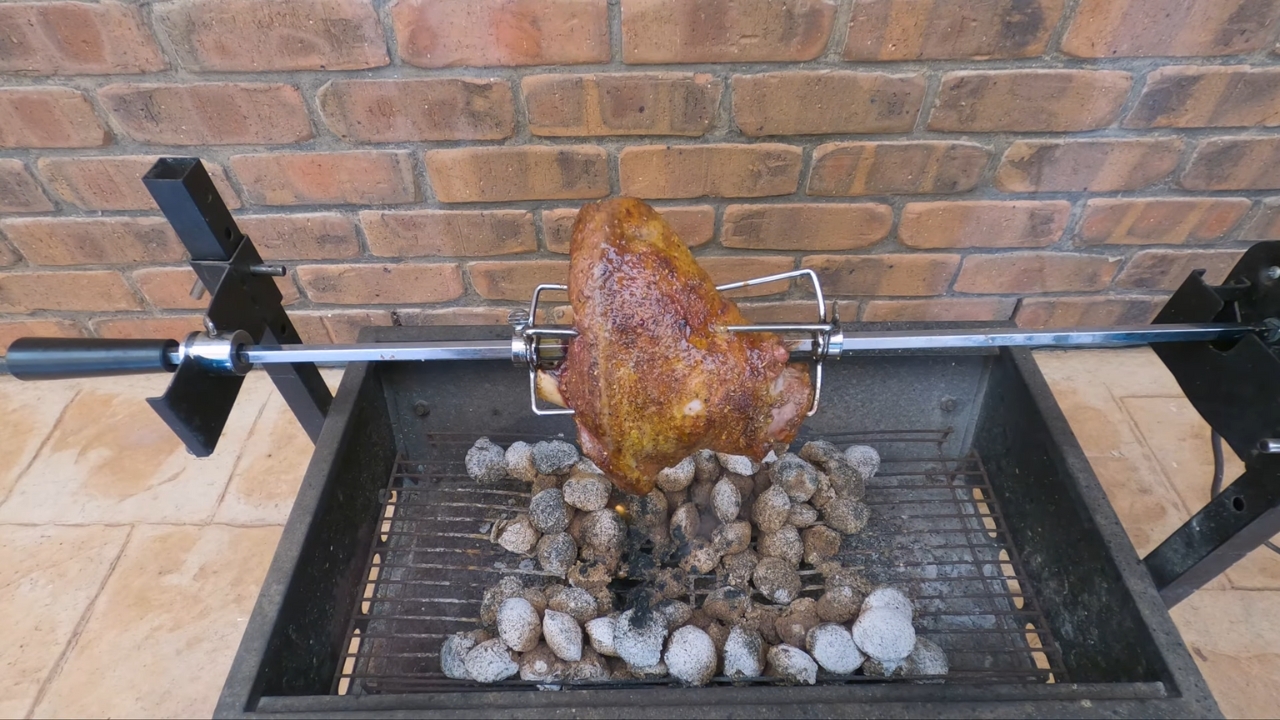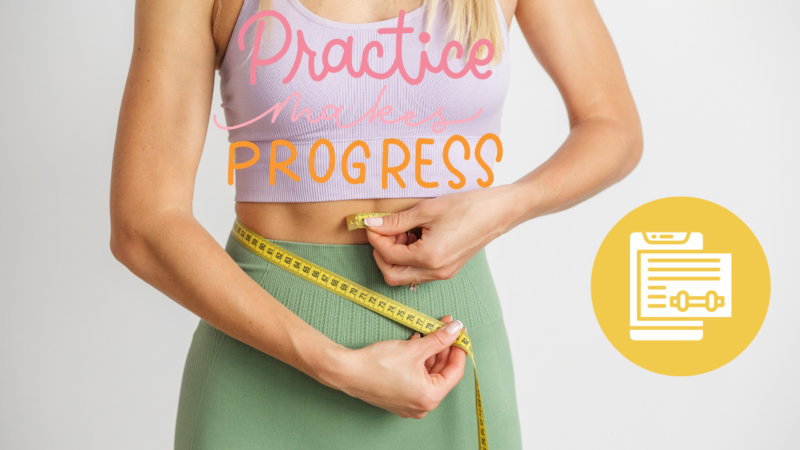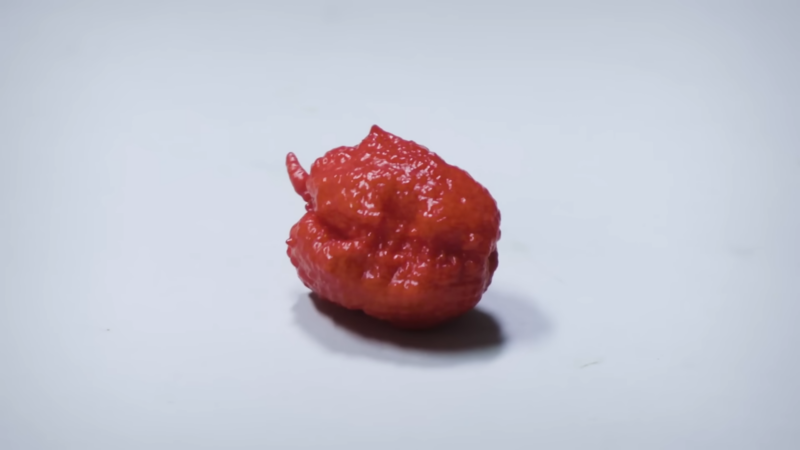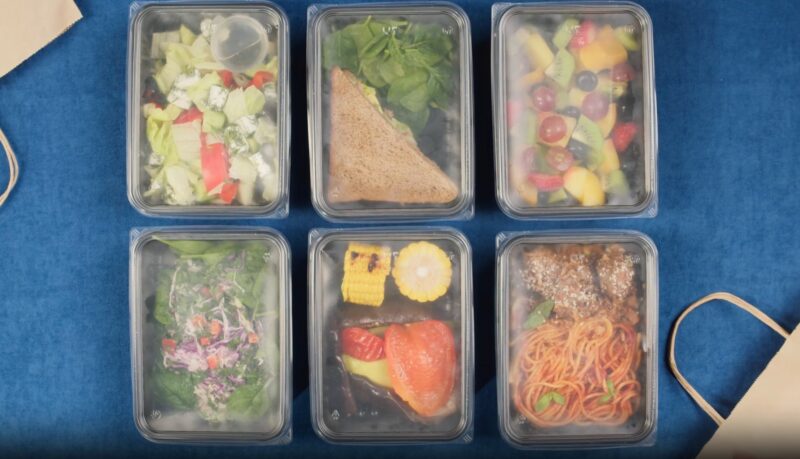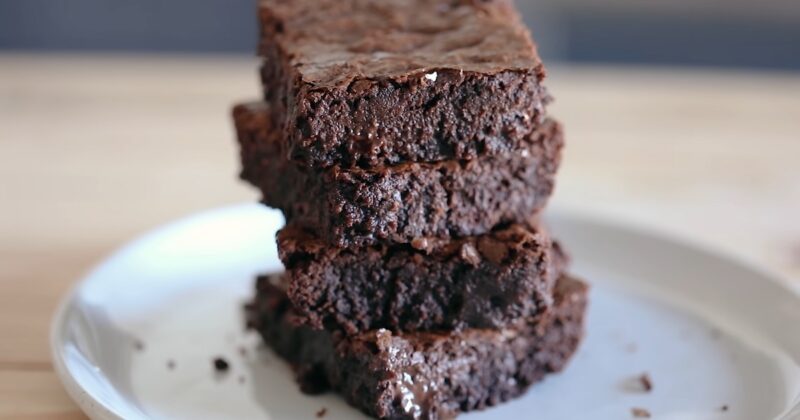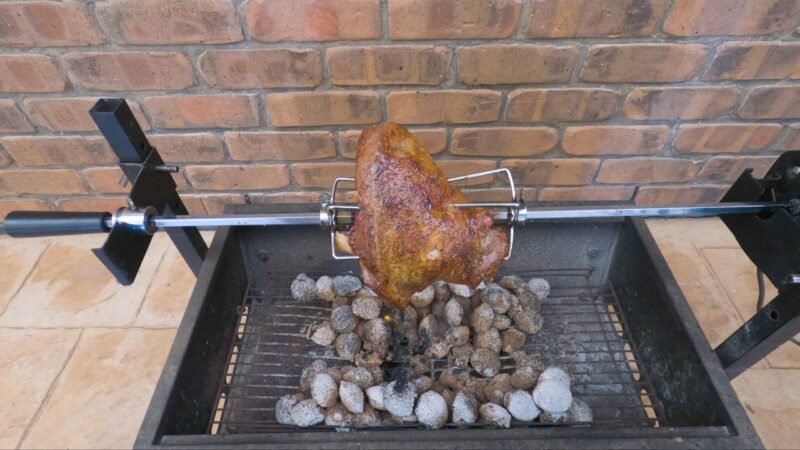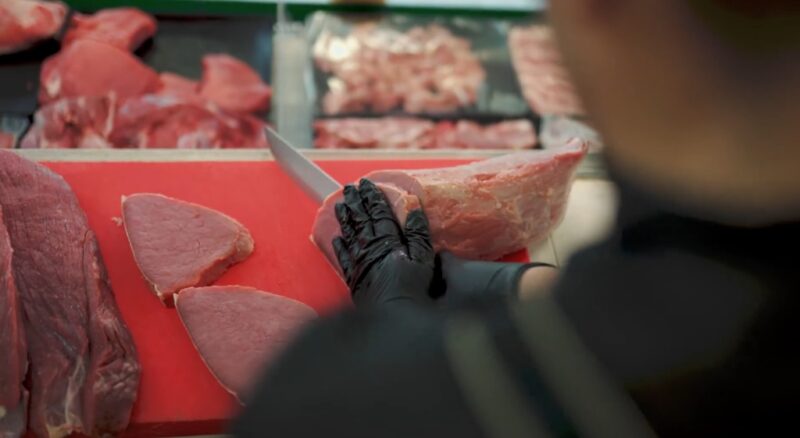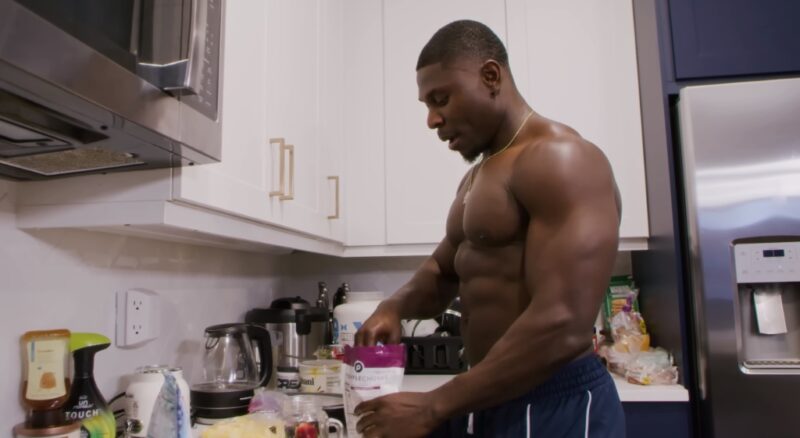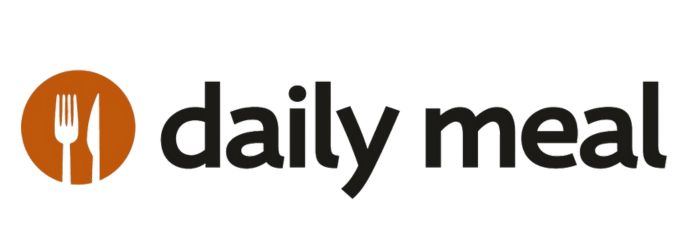
Have you ever noticed most baking recipes start by preheating the oven? I, too, once wondered what the rationale behind that is. While the term ‘preheating’ may sound simple, the actual process is quite meticulous.
If you are unsuccessful in doing this process correctly, your dishes will also be likely to fail ultimately.
Baking requires having the right temperature. It is best to ensure that the temperature has reached its ideal setting and that you do not get too much heat by opening the gate before throwing your favorite cooked dish into the oven.
If you are wondering how to preheat it the right way, read on to know more.
Table of Contents
ToggleWhy Should You Preheat It?
Preheating the oven is one of the frequently ignored steps in baking or roasting. What many people do not realize is that preheating can make a massive difference in the dish.
Here are four reasons why you should preheat the oven:
1. Browning Meat
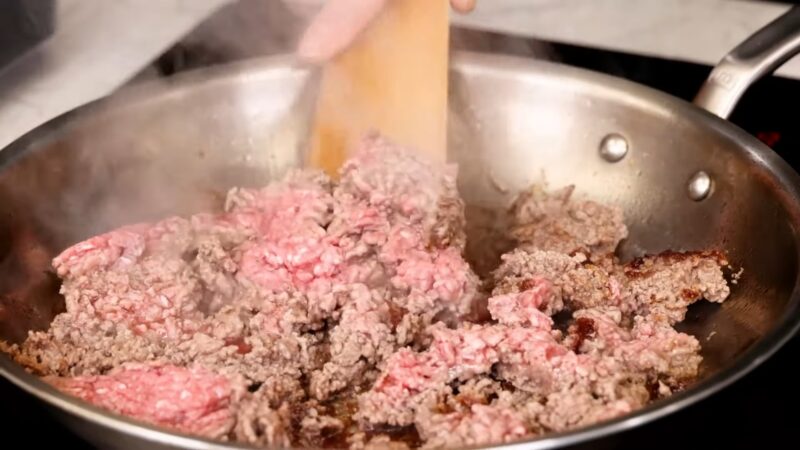
Have you ever heard of the term “Maillard Reaction“? Browning or the Maillard reaction creates a flavor and shifts the food’s color. Meat would not have much flavor until the Maillard reaction happens. Hundreds of flavor compounds are formed in the process. In turn, these compounds create more flavorful substances.
The Maillard reaction is characterized by each meal variety with a unique range of flavor substances. Browning can only occur when temperatures are higher than 300°C, so you’ll need to prepare your stove if you’re searching for an excellent black sear on the beef or chicken before baking.
2. Leavening Agents
When subjected unexpectedly to high heat, leavening agents, including baking soda, yeast, and baking powder, do not occur in a cold-starter oven.
3. Uneven Cooking
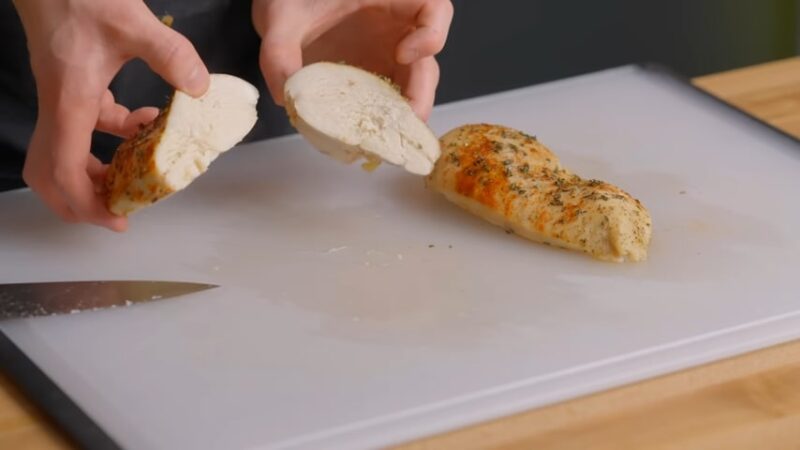
Have you ever experienced putting a chicken or meat inside the oven and ended up having rough brown patches all over them? This could signal that your oven wasn’t preheated well before starting your cooking session.
4. Food Safety
Meats that are not cooked well can cause severe health risks. Therefore, it is never a good idea to put your chicken and other meat straight inside without preheating.
How Long Until Preheat is Over?
The time it takes to preheat an oven depends on the manufacturer and model you are using. There are two types – the electric oven and the gas oven.
It should take about 10-15 minutes for electric ovens to preheat. Modern stoves have a quick pre-heating characteristic. In 7 to 10 minutes, these stoves can preheat. A convection can, for instance, be preheated in under 6 minutes.
It can also take approximately 5 to 10 minutes of preheating with a noticeable base baked component. It also takes a short time for gas-powered stoves to get completely warm.
Nevertheless, there are various factors that may also impact the preheating time. Examples of these factors include but are not limited to the following:
- A hidden baking component providing filtered heat
- A wall mounted on a reduced voltage takes a longer time to preheat than one mounted on a higher voltage
- Frequent opening of the door while preheating is ongoing
- Unused rack in the oven
- Room temperature
Steps on How to Preheat the Oven
Once the oven is turned on, it rises slowly from room temperature to maintain the desired heat. If your food is still uncooked after using your oven for a prescribed time, yours is probably cool, and it may take another 5 to 10 minutes to cook depending on the level of doneness.
On the contrary, you might be running hot when your food appears hard or burnt.
The incorrect temperature of your baked goods may also result in unintended chewiness. A prepared stove will ensure that your souffles cook at the correct heat before they can deflate and wash out your meringue.
So, to have a perfectly cooked dish, preheat the oven using the following steps.
Step 1: Getting to know the oven you are using
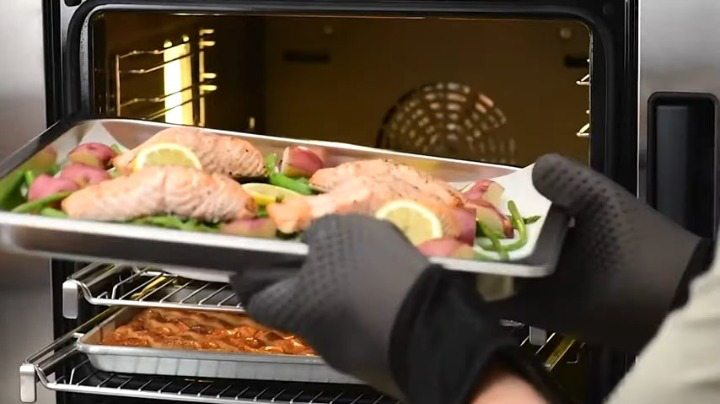
Your oven is not only a unit, it’s a partner in cooking everything that your family and guests will love. And with all partners, knowing them is the cornerstone to a healthy relationship. The more we know our oven, the more convenient it is to operate.
The user’s handbook will assist you to know how you should care for your stove and how to use it if you use comparatively fresh ovens. This helps you know how to preheat and how to go about with your oven.
Some electric-powered ones create a buzzing noise or specify the correct temperature on their LCD screens. When the temperature gauge is present on an outdated device, spend in an oven thermometer only when it is no longer so reliable.
Step 2: Decide when to switch it on
At the very beginning, you do not have to preheat the oven just yet. Like all ingredients, reading the whole recipe before starting is an excellent practice, and that’s how you understand when to switch it on.
You don’t need to have your oven in full heating mode if you need an hour to prepare your meal before putting it inside. Instead, set the time. Set it around twenty minutes before ultimately finishing your meal preparation. This is sufficient time to let the device reach the correct temperature and adjust to that heat.
Timing is, therefore, essential for a perfectly cooked meal. It’s easier to heat electric devices that have convection engines so that even 10 minutes should be enough time. Due to the slower air circulation, gas ovens will take more time. So, it is advisable to preheat the oven for about 5-20 minutes.
Some gas-powered ones, in particular, outdated models, may operate at an increasingly high temperature without stabilizing, so examining the temperature and letting it get warmed up first is an excellent practice.
Step 3: Examine what’s inside the oven
Open the oven to ensure that everything is taken away. If you stock products including baking tools, in your oven, take them out and put them aside. When necessary, organize the rack levels. Most shelves are put in the center of the stove, but the dish you cook sometimes needs to be at a lower or higher section of the oven. See your recipe and remove the rack and position it to the correct level if needed. The oven’s interior walls should have tight edges where you can place your rack.
Dishes that need to be crispy and browned on top, including reheating lasagnas and casseroles, are usually cooked on the upper part. Foods like cookies, cupcakes, and cakes, unless the recipe says otherwise, should be positioned at the mid-rack. Meals, including pizzas and plain bread, are put on the underside and need to make it crunchy and brown.
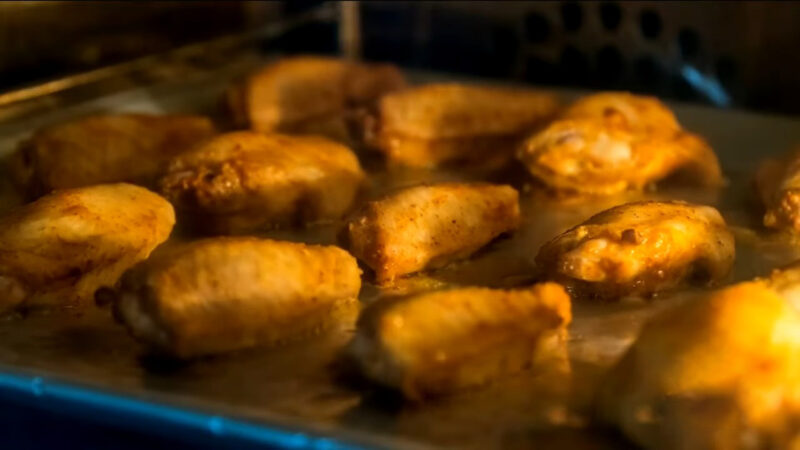
Step 4: Starting the oven by turning it on
Switch on the oven, determine the temperature, establish the temperature setting. To get the correct temperature, refer to your food recipe. The temperature is usually the very first stage of every recipe. Just hold the button down and switch to the correct temperature so that the temperature ends up at the right temperature.
Step 5: Waiting time
Wait until the required level of temperature is reached. The majority of advanced ones have a configuration that can allow you to see the existing temperature or give you a beeping sound when ready. Some might show a small amount of light when the temperature is accurate. Usually, this light is near the temperature dial.
In most cases, the proper heating time takes 10 to 15 minutes. When you have an outdated device, you might not have a dial with the various temperatures on it; only an on-off switch can be installed. If this happens, merely switch it on and take 10 to 15 minutes before you put the food in.
Other Important Points to Remember
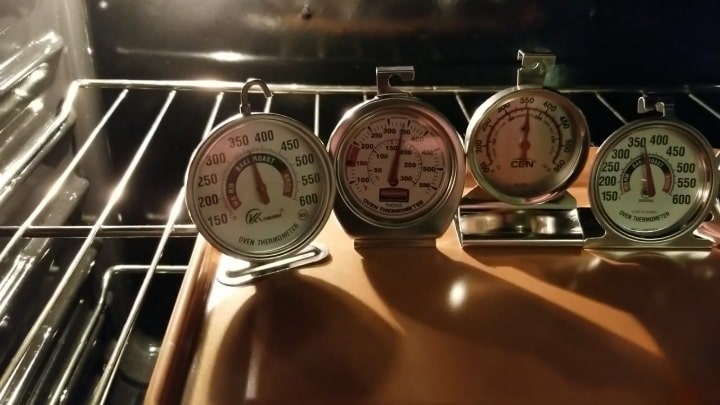
- Take an oven thermometer into consideration. The temperature is sometimes incorrect and does not correspond with the heat of the panel. The real temperature will be indicated by a thermometer, which is usually positioned within the oven. Instead of hoping for the signal or for the oven to beep, use a thermometer. Turn the stove on and adjust the temperature when it utilizes a pilot light. Before rotating, you may have to click the button gently.
- You have to modify the label if the oven is filled with gas marks rather than Fahrenheit or Celsius. You must go online and use a digital device for conversion.
- The pilot light sometimes leaves or must be activated before every use. In this case, make sure the temperature dials are ‘off,’ and the pilot light is located easily. Hold a flame by the pilot hole, and light up a match. Take away the match as the pilot light ignites. Turn the temperature up mildly if the pilot light does not ignite.
- If you have a digital oven, press the button brown, then set the temperature. To adjust the temperature, make use of the up and down arrows. Hit the ‘Start’ button once the temperature has been established. The digits will change on display. The figure represents the temperature inside. Wait until the heat increases, and the actual value is reached.
- Place the meals inside the oven when it hits the correct temperature. Gas-powered devices warm up more quickly than electric devices so that the suitable temperature of your oven is within 5 to 10 minutes. Keep the door closed and look into your food, as the temperature in the oven will drop off, thereby causing a longer cooking time. Do not place too many food meals on the lower rack if you have a bunch to bake and plan on cooking using both shelves. The heat may not reach the food at the upper rack.
- If you smell gas, take caution. You can have a gas leak if you smell gas while cooking. Immediately turn it off. Avoid using electrical equipment. That can lead to an explosion. Leave the windows open and leave the house. Contact emergency departments by telephone or mobile phone. Never use the mobile phone inside the house.
FAQs
What is the ideal temperature to preheat an oven?
The ideal temperature to preheat an oven depends on the recipe you are using. Most recipes will specify the required temperature in the instructions. As a general rule, preheat your oven to a temperature that is 25°F to 50°F higher than the required temperature to compensate for heat loss when you open the door.
Can I preheat my oven for too long?
Preheating your oven for too long is not recommended, as it can lead to overcooking or burning your food. Generally, preheating for 10 to 15 minutes is sufficient. Some ovens may take longer to reach the desired temperature, so be sure to refer to your manual for specific instructions.
Can I put food in the oven while it is preheating?
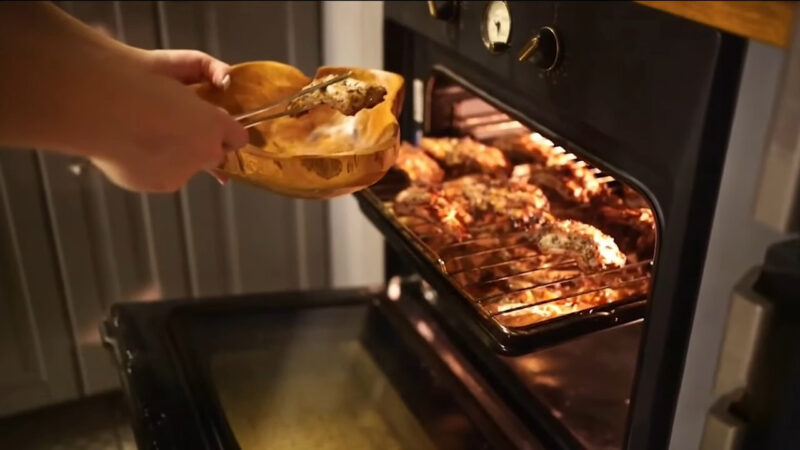
It is not recommended to put food in the oven while it is preheating. This is because the temperature may not be consistent, and the food may not cook evenly. Additionally, opening the door to put the food in can cause heat loss and affect the temperature.
Do I need to preheat a toaster oven?
Toaster ovens usually require preheating, especially when baking or roasting. Refer to the manual for specific instructions on preheating.
Can I open the oven door during preheating?
It is not recommended to open the door during preheating, as it can cause heat loss and affect the temperature. If you need to check the temperature, use a thermometer and check through the window.
Should I use a baking stone when preheating my oven?
Using a baking stone can help regulate the oven temperature and ensure even cooking. Be sure to preheat the baking stone along with the oven to prevent cracking.
The Bottom Line
Preheating an oven is a crucial step I’ve learned not to overlook in my baking and cooking. It guarantees consistent and precise outcomes every time.
While I often consult my oven’s manual for specific instructions, one thing is clear: I never skip the preheat phase. It’s the foundation for all my successful culinary creations.
Related Posts:
- How to Fix Hole in Bottom of Gas Grill? Easy 5 Steps…
- How to Replace Kitchen Sink Strainer with Some Easy Steps!
- What are Some of the 12 Best Electric Can Opener? -…
- How To Cook Brats In The Oven: A Quick and Tasty Oven Method
- How Do You Store Peeled Bananas? You Won't Believe…
- Can You Make Meatloaf Without Eggs? - Yes, you can!

